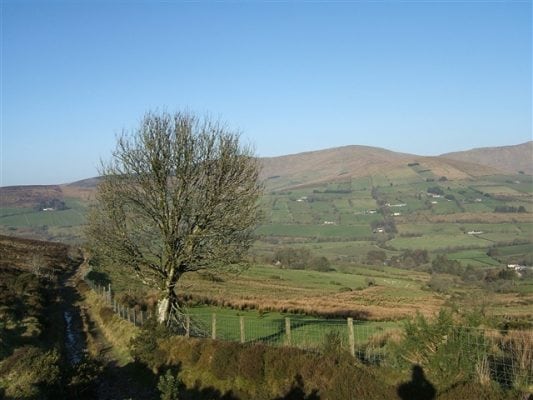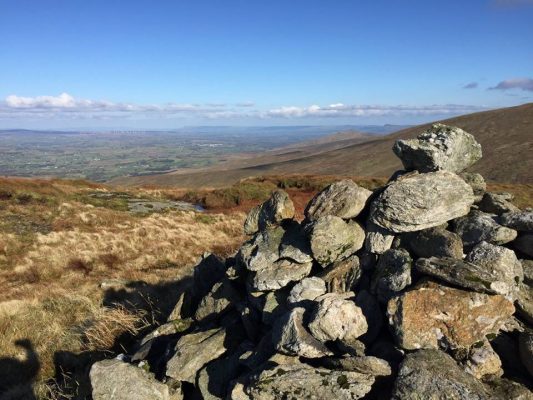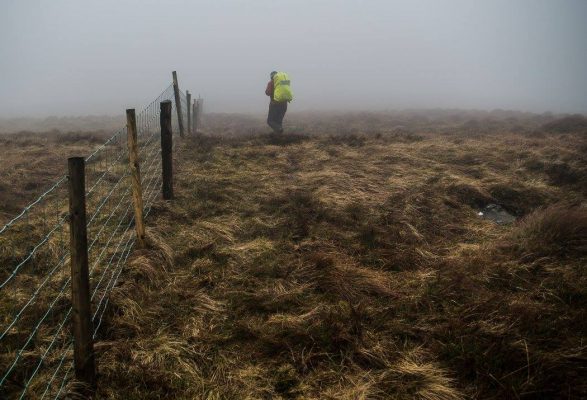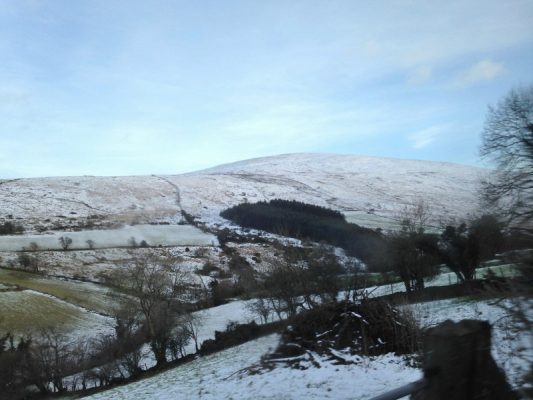- Created: September 27, 2012 1:10 pm
- Updated: December 12, 2017 11:00 am
- Distance Instructions
- Distance 24 km
- Time 0 s
- Speed 0.0 km/h
- Min altitude 172 m
- Peak 670 m
- Climb 607 m
- Descent 618 m
This 17km (5 hour) loop walk is one of the most popular and beautiful walks in the Sperrin Mountains and takes in the two major peaks of Sawel (678m) and Dart (619m) Mountains. It is a demanding 17km walk which takes on average 5 hours over sometimes boggy ground during and after wet weather. However, it is fairly straightforward due to wire fences which act as guide for navigation in all weather and importantly in poor visibility. Take this scenic walking route with you on our free App for iPhone and Android and share your photos on the ActiveMe facebook page.
- Places to Stay Near the Sperrins: coming soon
- Places for Food Near the Sperrins: coming soon
- Places for Entertainment Nearby: coming soon
- Local Walking Guide or Tour Guide: coming Soon
- Other greats Things to See and Do in the Area: coming soon

The Sperrin Mountains along the Tyrone Derry border are 64 km in length, the largest mountain range in Ireland. Although the mountain range reaches a peak at Sawel, it is deceptively low in appearance due to gentle slopes. Sawel Mountain at 678m or 2,224ft is the highest of the Sperrin Mountains. Known as Samhail Phite Mheabh in Irish meaning 'Likeness to Meave's Vulva' may refer to the glen or hollow on the side of Sawel mountain, a rather saucy name to say the least :) Meabh was the legendary Queen of Connacht who coveted the Brown Bull of Cooley. On a good day, from the summit of Sawel Mountain walkers can see as far as the Foyle Estuary to the north and all the way across Northern Ireland to Lough Neagh and as far as the Mourne Mountains.
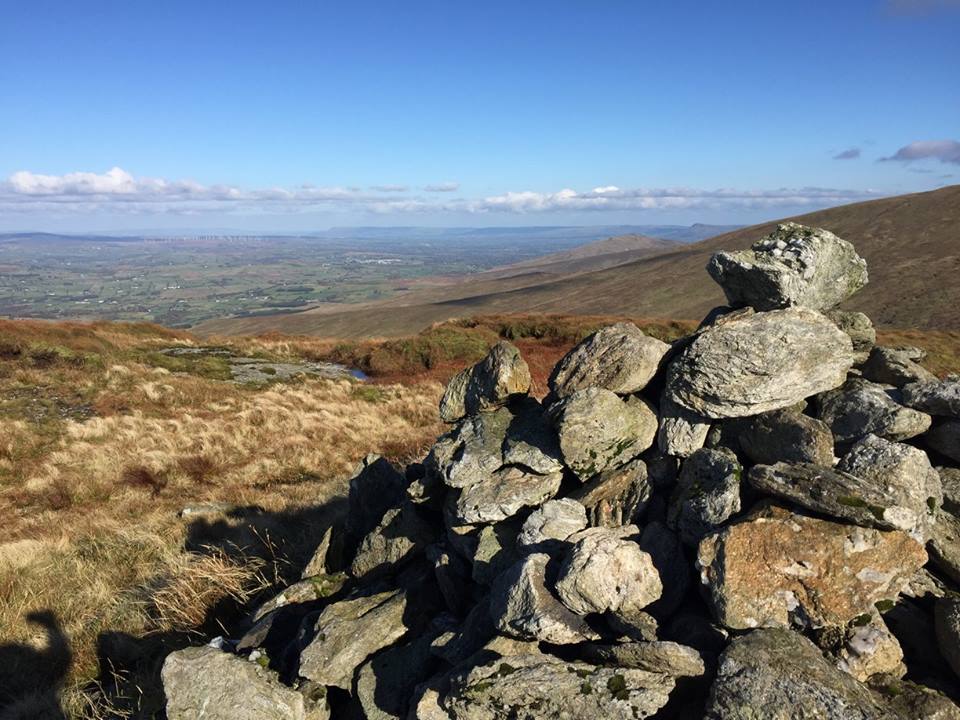
Starting at a road side parking area to the east of the cross roads of the Glenelly Road B47 and the Sperrin Road (H636943) travel east approximately 1.5km past the Glenerin Burn river and small woodland plantation to a gate set at an angle to the road (H653946) which is the beginning of the walk (Check the ActiveMe App). Take the path north on a well defined path and track over the Glenerin Burn river (H646785), passed a derelict cottage and onto County Rock on the mountain ridge where you turn left (H639974) and follow the ridge west to the summit of Sawel (H617972). Travel to the southwest over a stile towards Dart where you can follow a fence which runs in the direction of Dart (H602963). From Dart travel south over the crest of the spur and at the end favour the western side (H603954) where you can see an old bog road. Descend and find the road (H598949) which leads back to the Glenelly Road B47. From here travel east for approx. 4km past the Sperrins Heritage Centre (H607935) and back to the start point (roadside parking area).
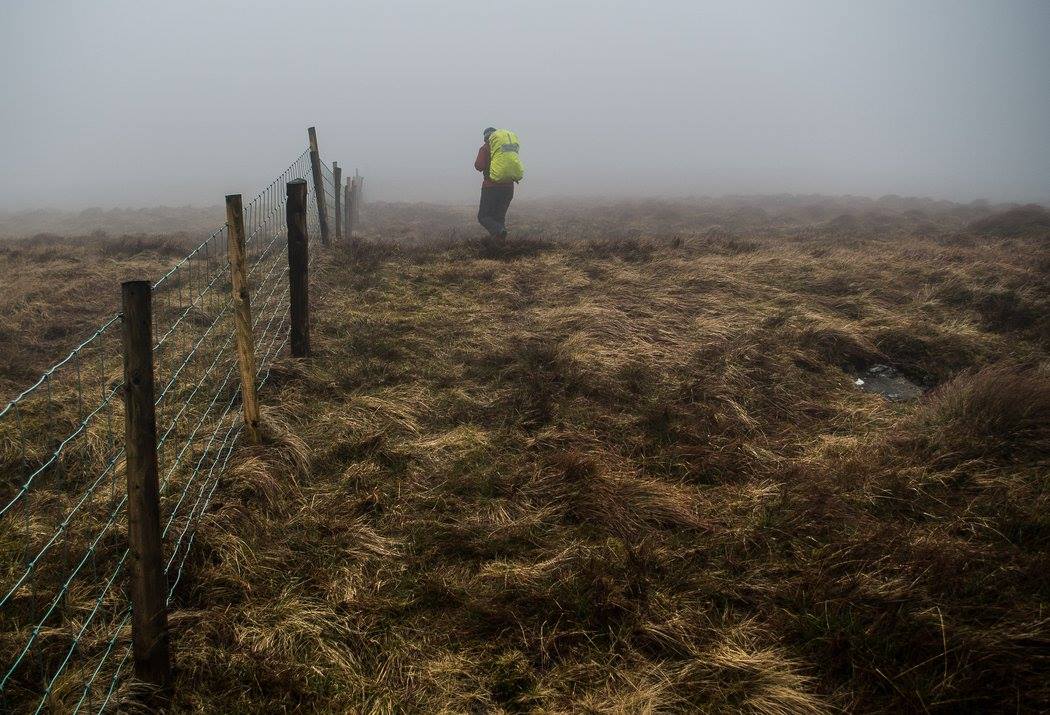
Some intering facts include; The Sperrin Mountain range is the least populated area of Northern Ireland. The Sperrins have now the only commercially operated Gold mine in Ireland called the Cavanacaw Mine. Over 90 sets of stone circles have been found in the Sperrin Mountains. The Beaghmore Stone Circles in the south east of the range are the most well known. Although relatively small, the Beaghmore Stone Circles accurately correlate to movements of sun, moon and stars. The summit of Sawel Mountain is composed of crystalline limestone. Sawel Mountain is the source of the River Faughan which is a 29 miles (47 km) long tributary of the River Foyle. The Sperrins has 10 summits above 500m with Sawel the highest of the range. The Cloudberries found on the western slopes are a rare alpine plant resembling the related strawberry plant. The Sperrins plant life and habitats include bog, moor land, woodland, rivers, heather, bilberries and cowberries. The rivers adjacent to the mountains offer excellent trout fishing. In this least populated area of Northern Ireland, wildlife such as kestrels, buzzards, sparrowhawks, rabbits, badgers and hares are all present.
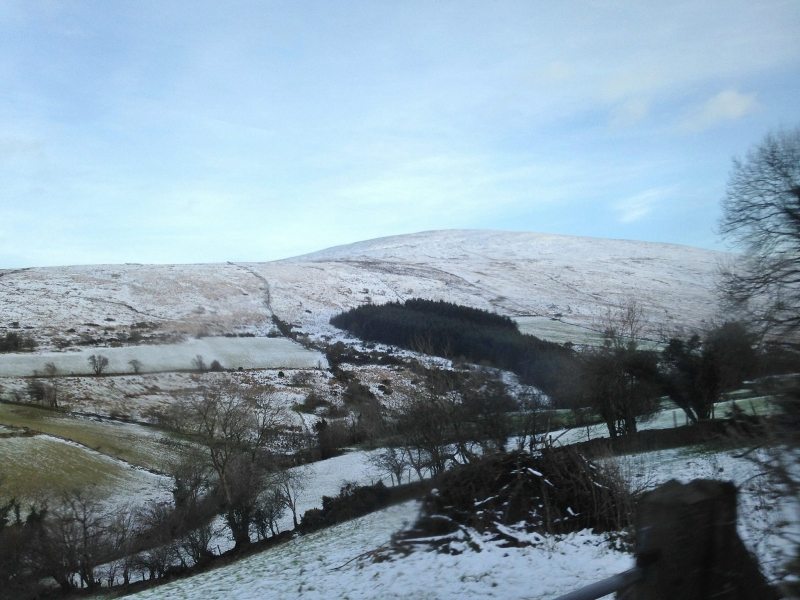
Plan your walk by checking the weather, sunrise sunset times and our hiking checklist on our website https://www.activeme.ie/useful-info/planning-a-trip/. Please remember that you are only as fast as the slowest member of your group! If the weather is poor don't be afraid to cancel your walk and do some other walk, maybe a low level walk.
Use our Map of Ireland and Sat Nav tool to get directions to the start point and our detailed maps and GPS on our ActiveME iPhone App and Android App to find and follow the walking route live on screen and keep on track. At all times, our maps and App should only be used in conjunction with proper map and compass navigation techniques.
This 17km (5 hour) loop walk is one of the most popular and beautiful walks in the Sperrin Mountains and takes in the two major peaks of Sawel (678m) and Dart (619m) Mountains. It is a demanding 17km walk which takes on average 5 hours over sometimes boggy ground during and after wet weather. However, it is fairly straightforward due to wire fences which act as guide for navigation in all weather and importantly in poor visibility. Take this scenic walking route with you on our free App for iPhone and Android and share your photos on the ActiveMe facebook page.
- Places to Stay Near the Sperrins: coming soon
- Places for Food Near the Sperrins: coming soon
- Places for Entertainment Nearby: coming soon
- Local Walking Guide or Tour Guide: coming Soon
- Other greats Things to See and Do in the Area: coming soon

The Sperrin Mountains along the Tyrone Derry border are 64 km in length, the largest mountain range in Ireland. Although the mountain range reaches a peak at Sawel, it is deceptively low in appearance due to gentle slopes. Sawel Mountain at 678m or 2,224ft is the highest of the Sperrin Mountains. Known as Samhail Phite Mheabh in Irish meaning ‘Likeness to Meave’s Vulva’ may refer to the glen or hollow on the side of Sawel mountain, a rather saucy name to say the least 🙂 Meabh was the legendary Queen of Connacht who coveted the Brown Bull of Cooley. On a good day, from the summit of Sawel Mountain walkers can see as far as the Foyle Estuary to the north and all the way across Northern Ireland to Lough Neagh and as far as the Mourne Mountains.

Starting at a road side parking area to the east of the cross roads of the Glenelly Road B47 and the Sperrin Road (H636943) travel east approximately 1.5km past the Glenerin Burn river and small woodland plantation to a gate set at an angle to the road (H653946) which is the beginning of the walk (Check the ActiveMe App). Take the path north on a well defined path and track over the Glenerin Burn river (H646785), passed a derelict cottage and onto County Rock on the mountain ridge where you turn left (H639974) and follow the ridge west to the summit of Sawel (H617972). Travel to the southwest over a stile towards Dart where you can follow a fence which runs in the direction of Dart (H602963). From Dart travel south over the crest of the spur and at the end favour the western side (H603954) where you can see an old bog road. Descend and find the road (H598949) which leads back to the Glenelly Road B47. From here travel east for approx. 4km past the Sperrins Heritage Centre (H607935) and back to the start point (roadside parking area).

Some intering facts include; The Sperrin Mountain range is the least populated area of Northern Ireland. The Sperrins have now the only commercially operated Gold mine in Ireland called the Cavanacaw Mine. Over 90 sets of stone circles have been found in the Sperrin Mountains. The Beaghmore Stone Circles in the south east of the range are the most well known. Although relatively small, the Beaghmore Stone Circles accurately correlate to movements of sun, moon and stars. The summit of Sawel Mountain is composed of crystalline limestone. Sawel Mountain is the source of the River Faughan which is a 29 miles (47 km) long tributary of the River Foyle. The Sperrins has 10 summits above 500m with Sawel the highest of the range. The Cloudberries found on the western slopes are a rare alpine plant resembling the related strawberry plant. The Sperrins plant life and habitats include bog, moor land, woodland, rivers, heather, bilberries and cowberries. The rivers adjacent to the mountains offer excellent trout fishing. In this least populated area of Northern Ireland, wildlife such as kestrels, buzzards, sparrowhawks, rabbits, badgers and hares are all present.

Plan your walk by checking the weather, sunrise sunset times and our hiking checklist on our website https://www.activeme.ie/useful-info/planning-a-trip/. Please remember that you are only as fast as the slowest member of your group! If the weather is poor don’t be afraid to cancel your walk and do some other walk, maybe a low level walk.
Use our Map of Ireland and Sat Nav tool to get directions to the start point and our detailed maps and GPS on our ActiveME iPhone App and Android App to find and follow the walking route live on screen and keep on track. At all times, our maps and App should only be used in conjunction with proper map and compass navigation techniques.

